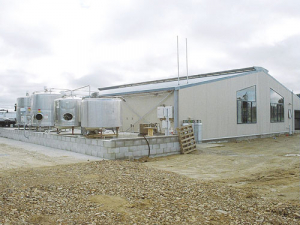Milk cooling affects milk quality and the faster the milk is cooled after milking, the better the quality when it is collected from the farm, says DairyNZ.
Choosing the right cooling system for your farm means lower energy costs.
Milk cooling accounts for about 30% of the total energy costs of operating a dairy; energy demand and farm dairy operating costs can be reduced using different options that involve heat recovery from your cooling system.
Raw milk grows bacteria rapidly above 7°C. Meeting the new milk cooling standards, which come into effect for all farms on June 1, 2018, may mean changes are required for systems onfarm.
The Ministry for Primary Industries’ Code of Practice for the Design and Operation of Farm Dairies has new milk cooling standards.
The rules apply immediately to converted farms, and will apply to all farms from June 1, 2018. The rules state that raw milk must:
a) be cooled to 10°C or below within four hours of the start of milking, and
b) be cooled to 6°C or below within the sooner of either six hours from the start of milking, or two hours from the completion of milking, and
c) be held at or below 6°C without freezing until collection or the next milking, and
d) must not exceed 10°C during subsequent milkings.
Fonterra is leading the push for farmers to ensure they meet the new milk cooling standards by June 1, 2018.
In its message to farmers, Fonterra says that farmers, to confirm the capability of milk cooling equipment, must have an auditable system that confirms milk cooling requirements are met.
“As a minimum, milk cooling performance must be monitored and recorded on at least three occasions per dairy season.” This should include:
i within the first two months of lactation, once the full herd has calved
ii about the time of peak milk production
iii February each year.
Where electronic data capture and recording systems are installed it is recommended that such systems should be capable of holding delivery line and bulk milk tank temperature data for the previous 30 days for milk and CIP (clean in place).


















